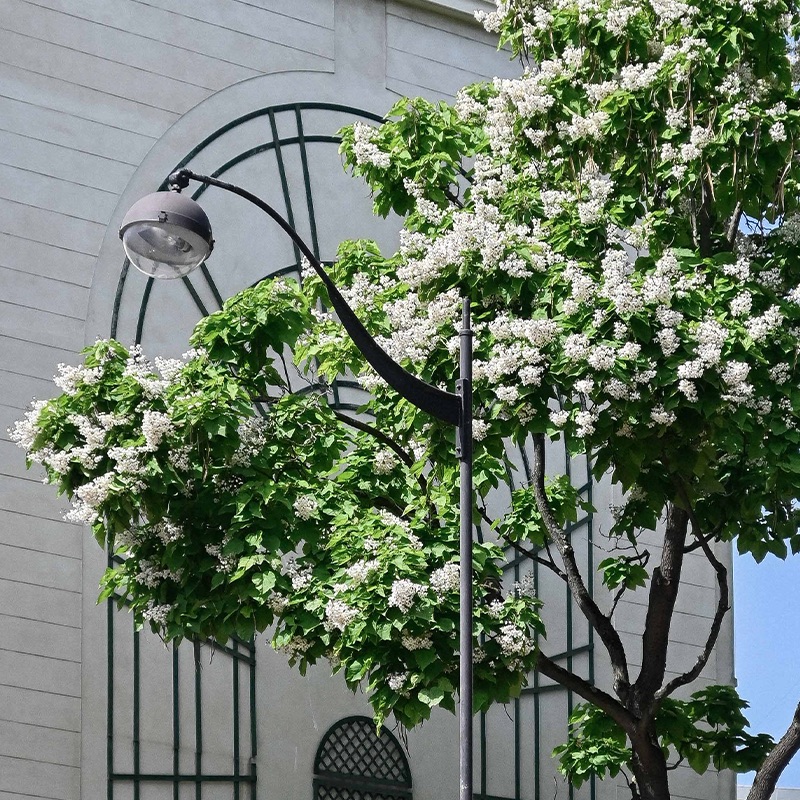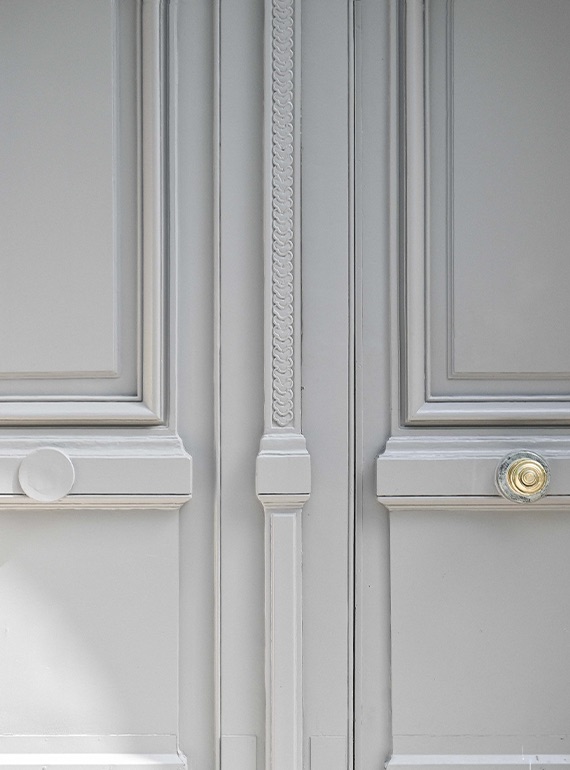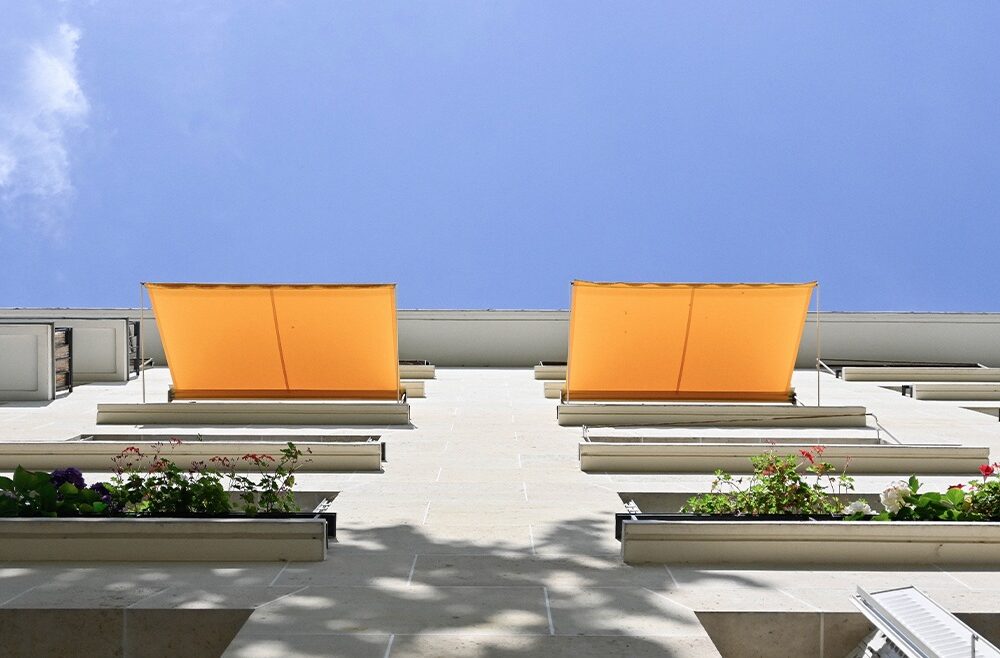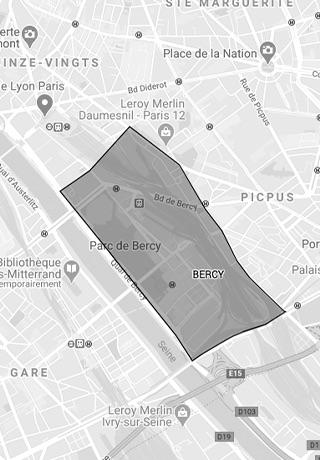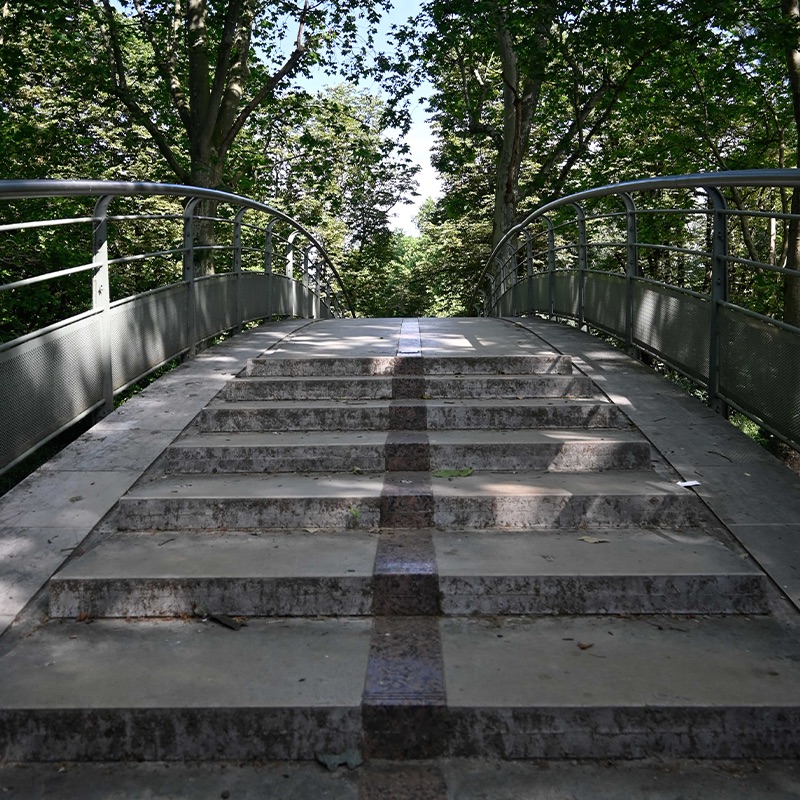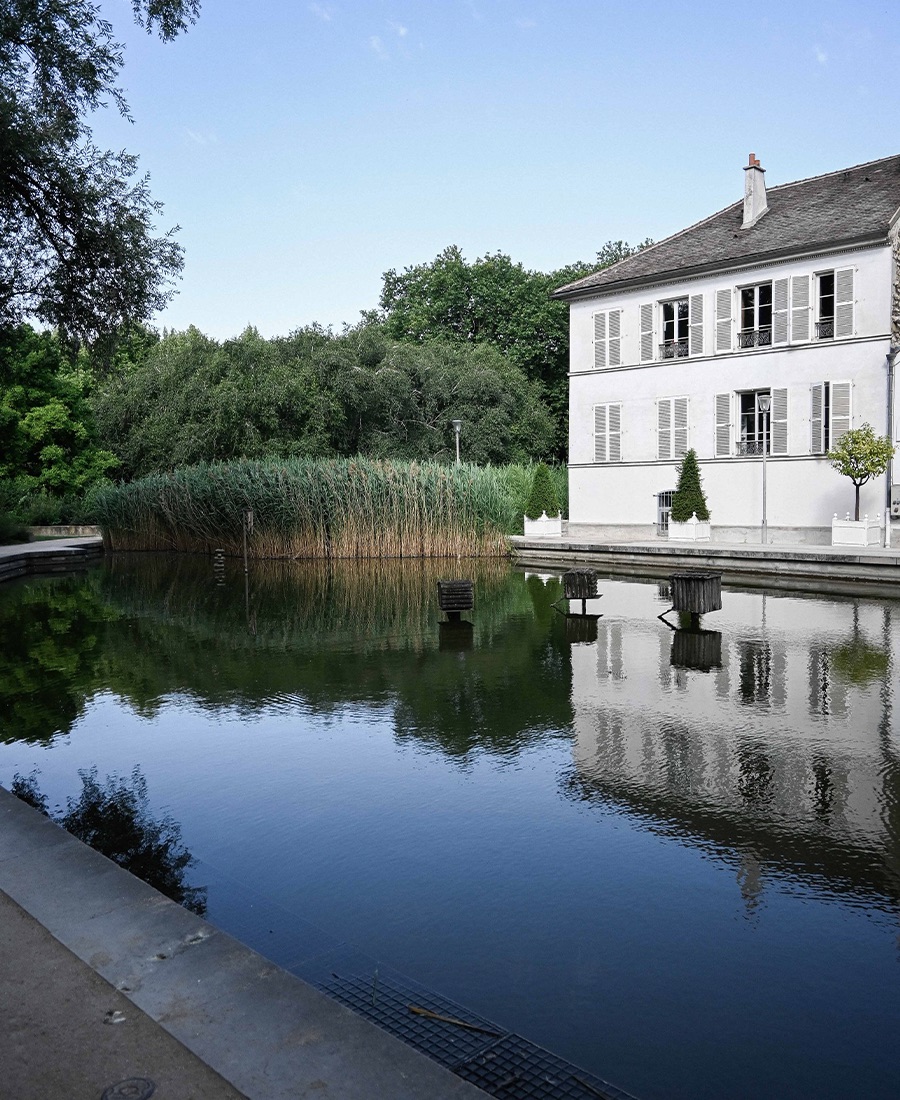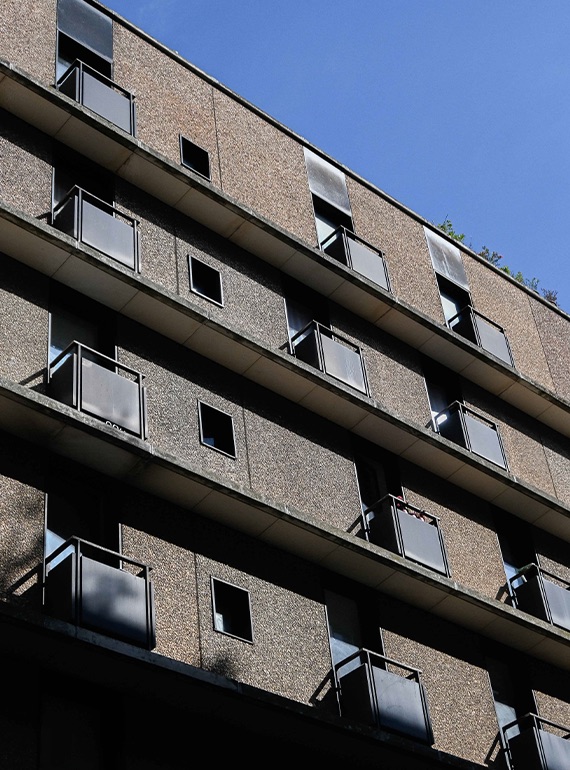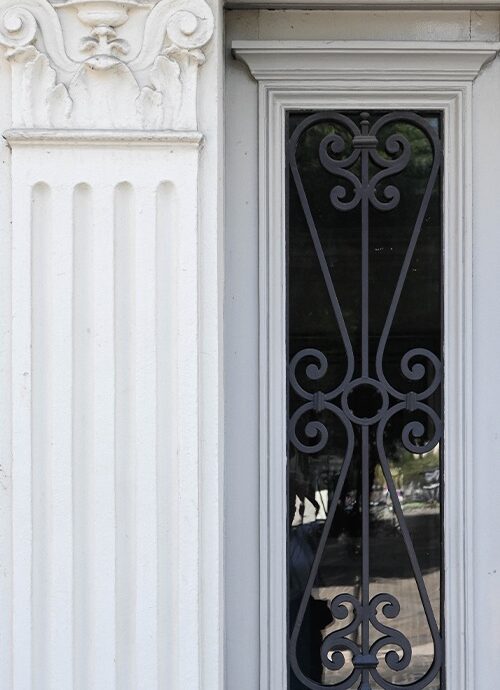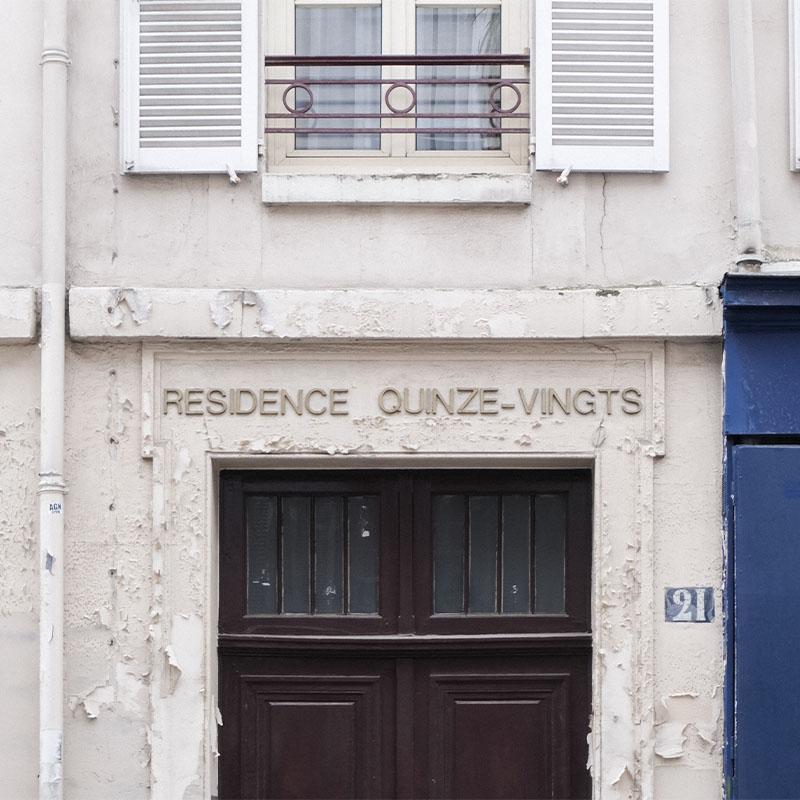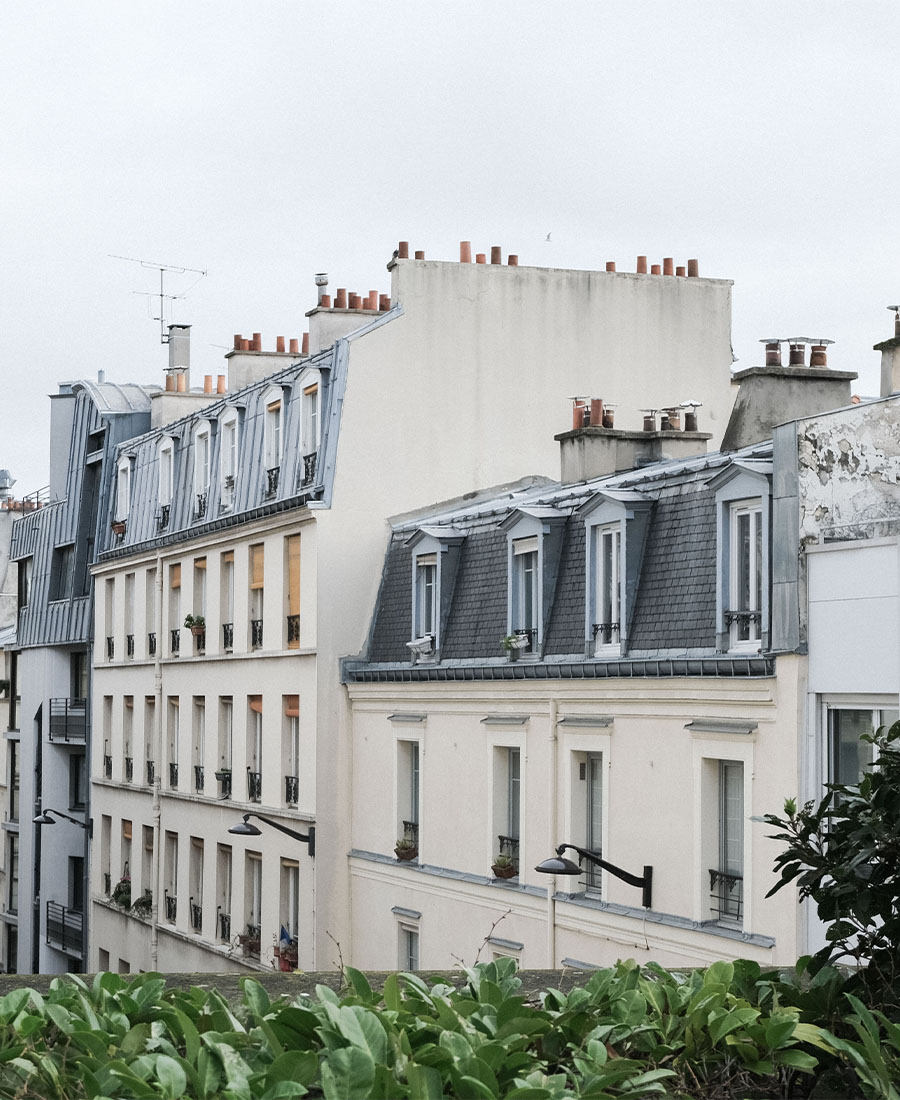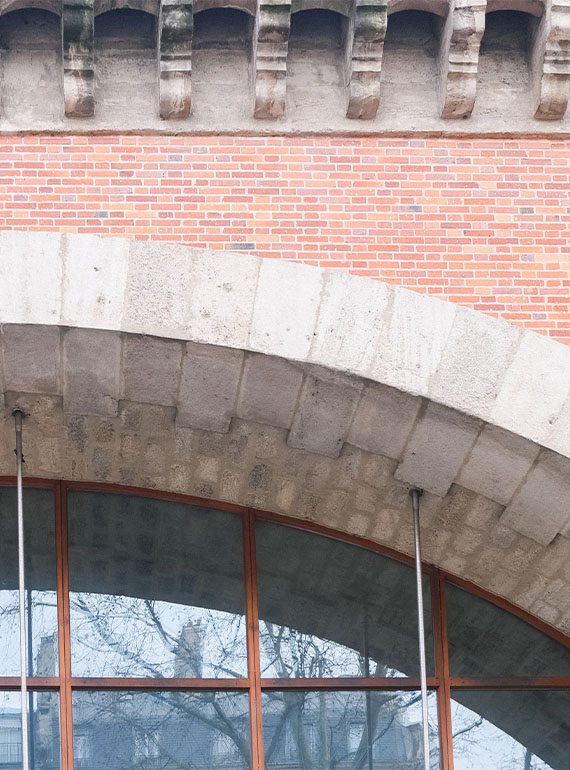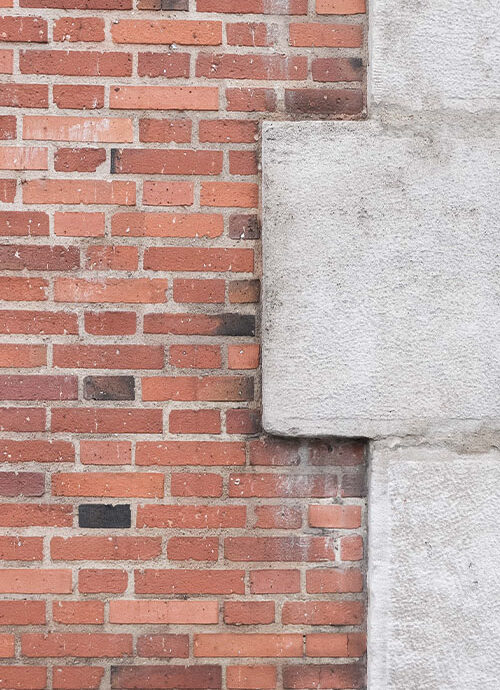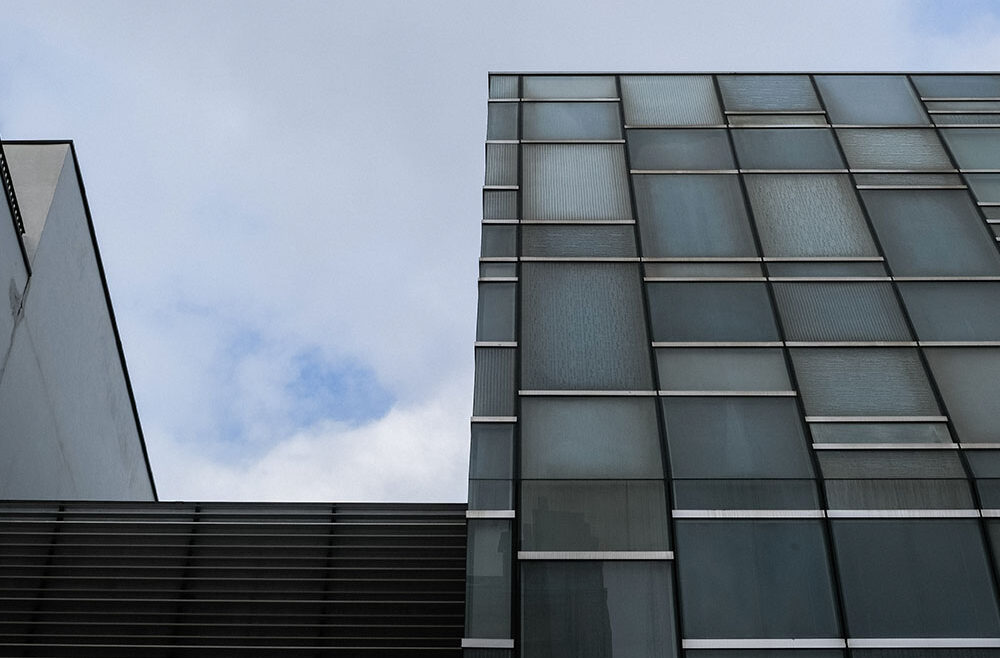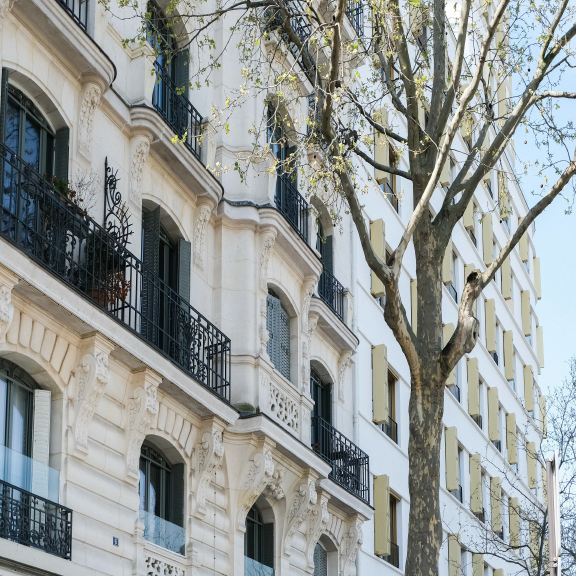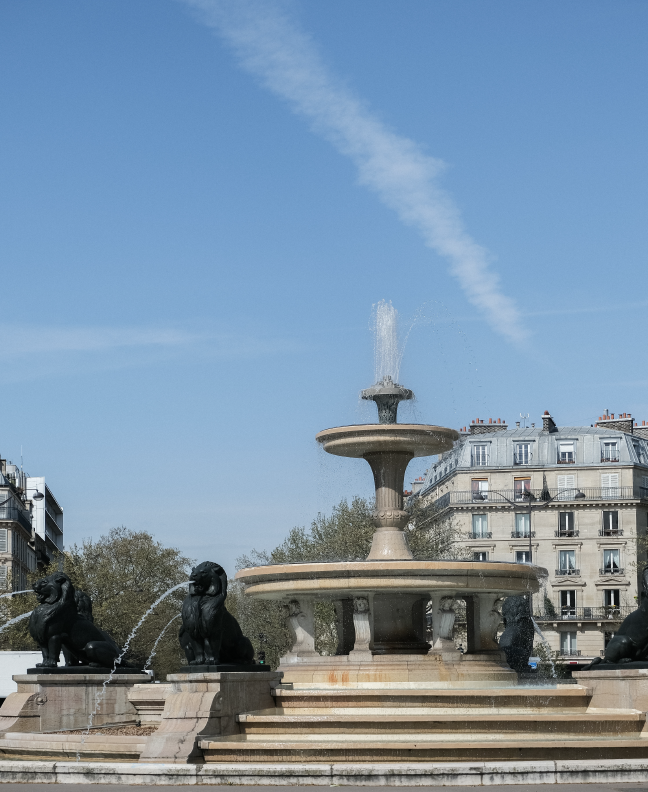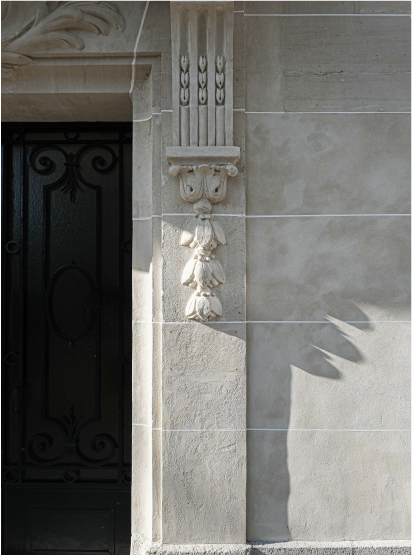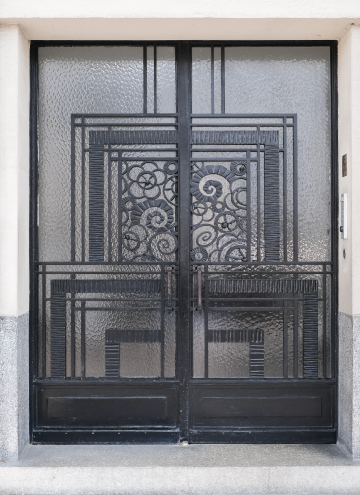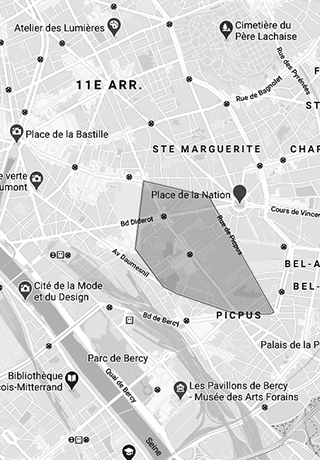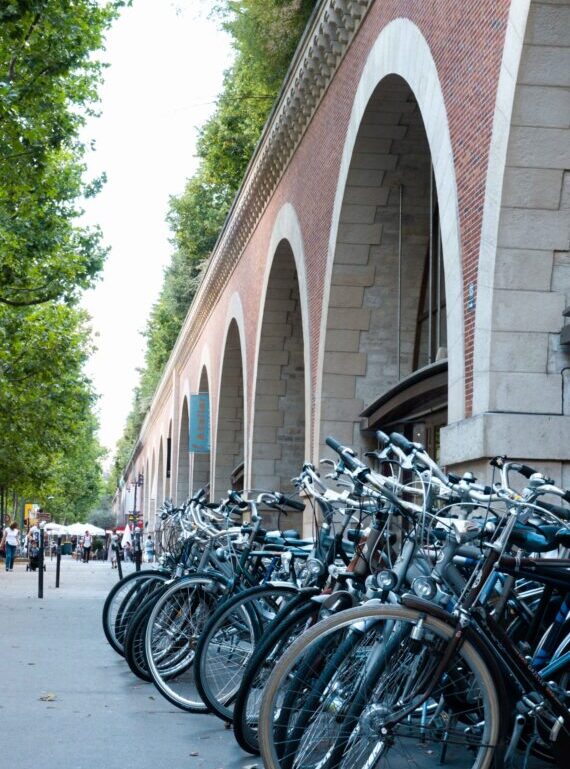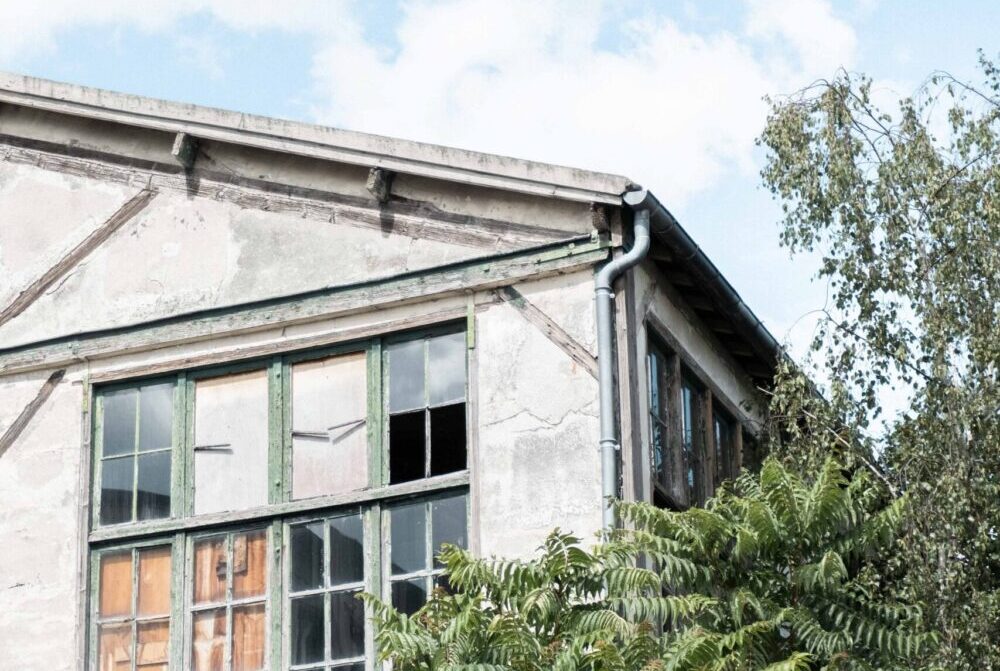BEL-AIR

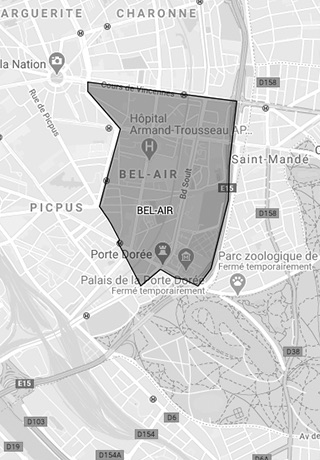
Home to part of the Bois de Vincennes, the district is one of the greenest in the capital. Ideal for families, it is made up of a multitude of small streets and calm and lively corners.
The Sentier des Merisiers, one of the smallest alleys in Paris, guides us to pretty half-timbered houses. We let ourselves be charmed by its buildings adorned with Anglo-Saxon-style gardens and its passageways with rustic decor.
For an unusual stroll, take the Petite Ceinture, an old railway line that has become pedestrianized. Left fallow since 1934, vegetation has reclaimed its rights, invading it with unusual wild flora in the middle of the urban landscape.
The Bel-Air district offers a perfect balance between urban life and green parenthesis.
